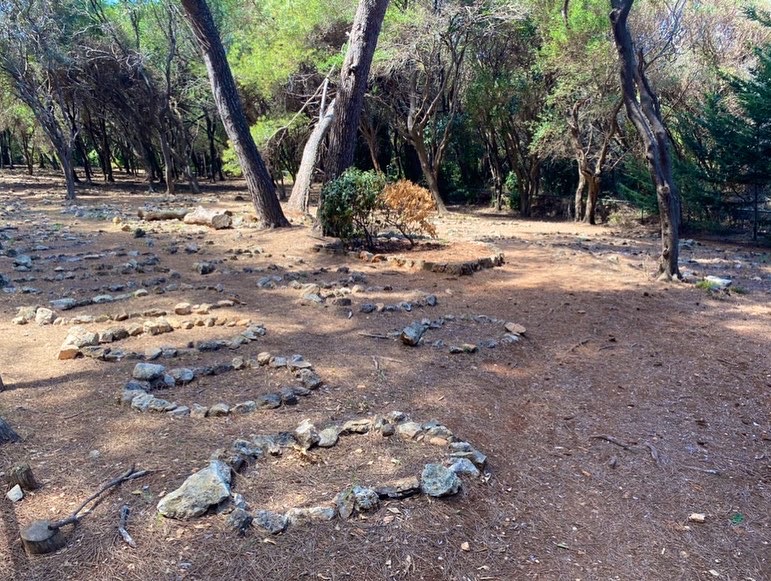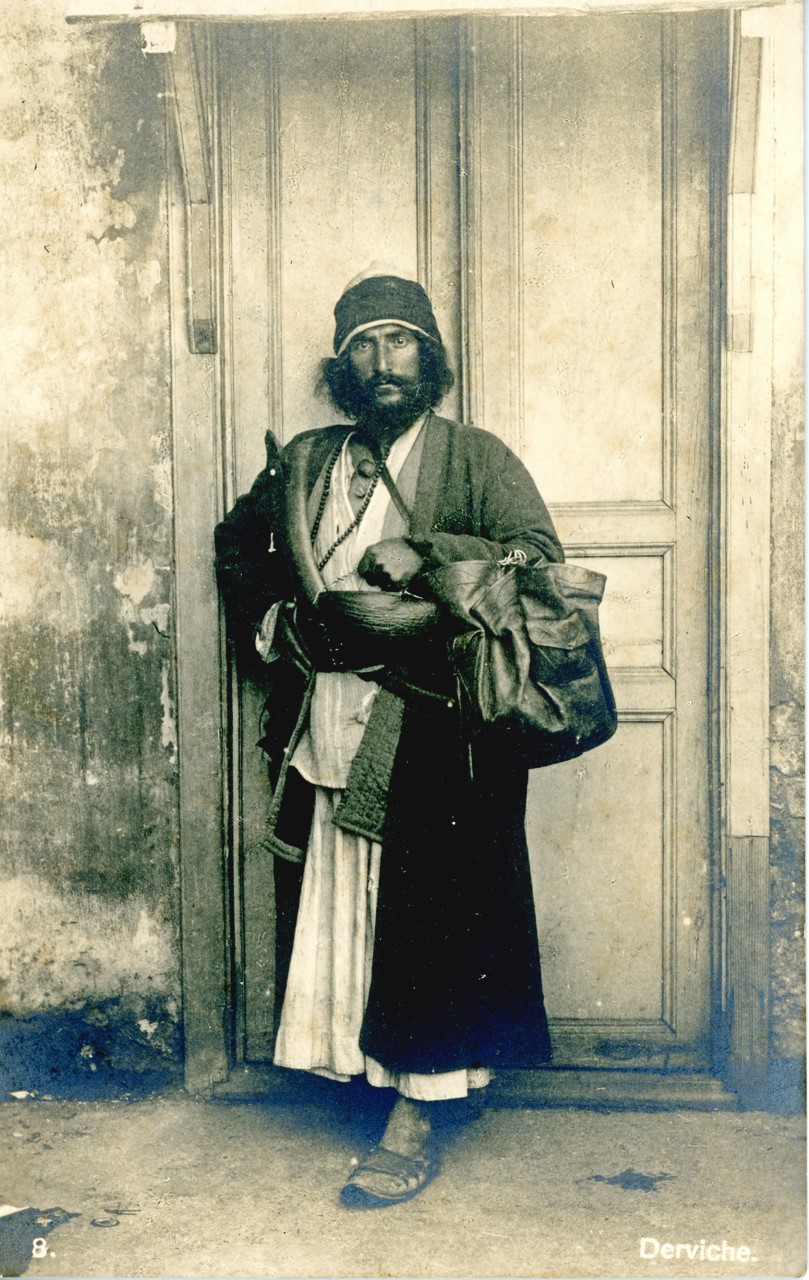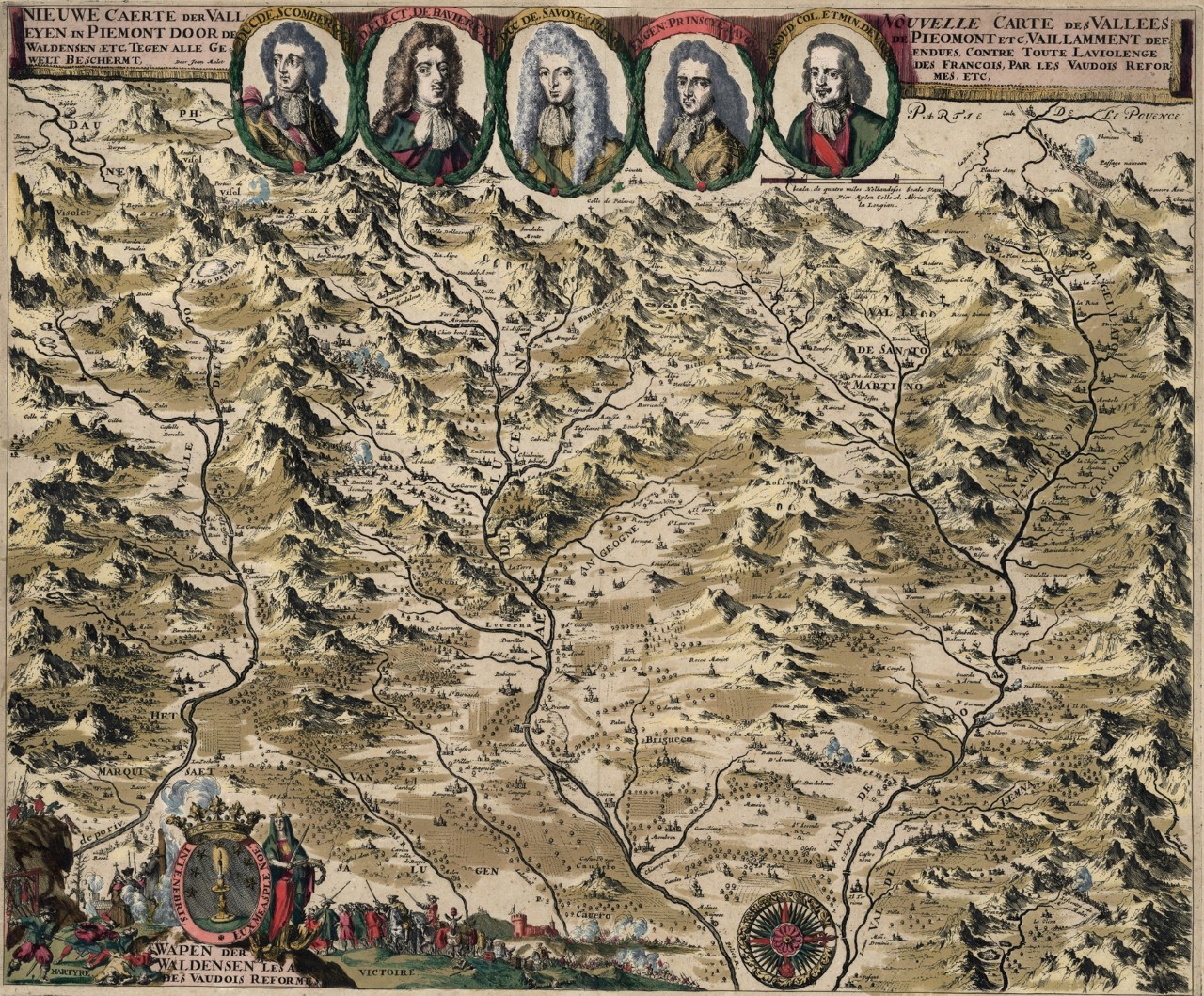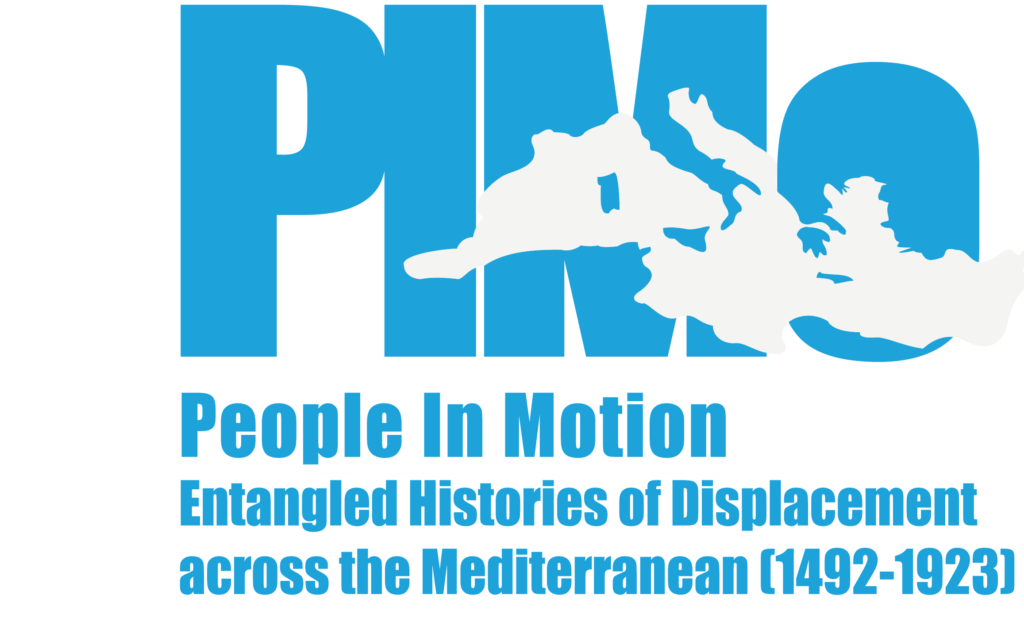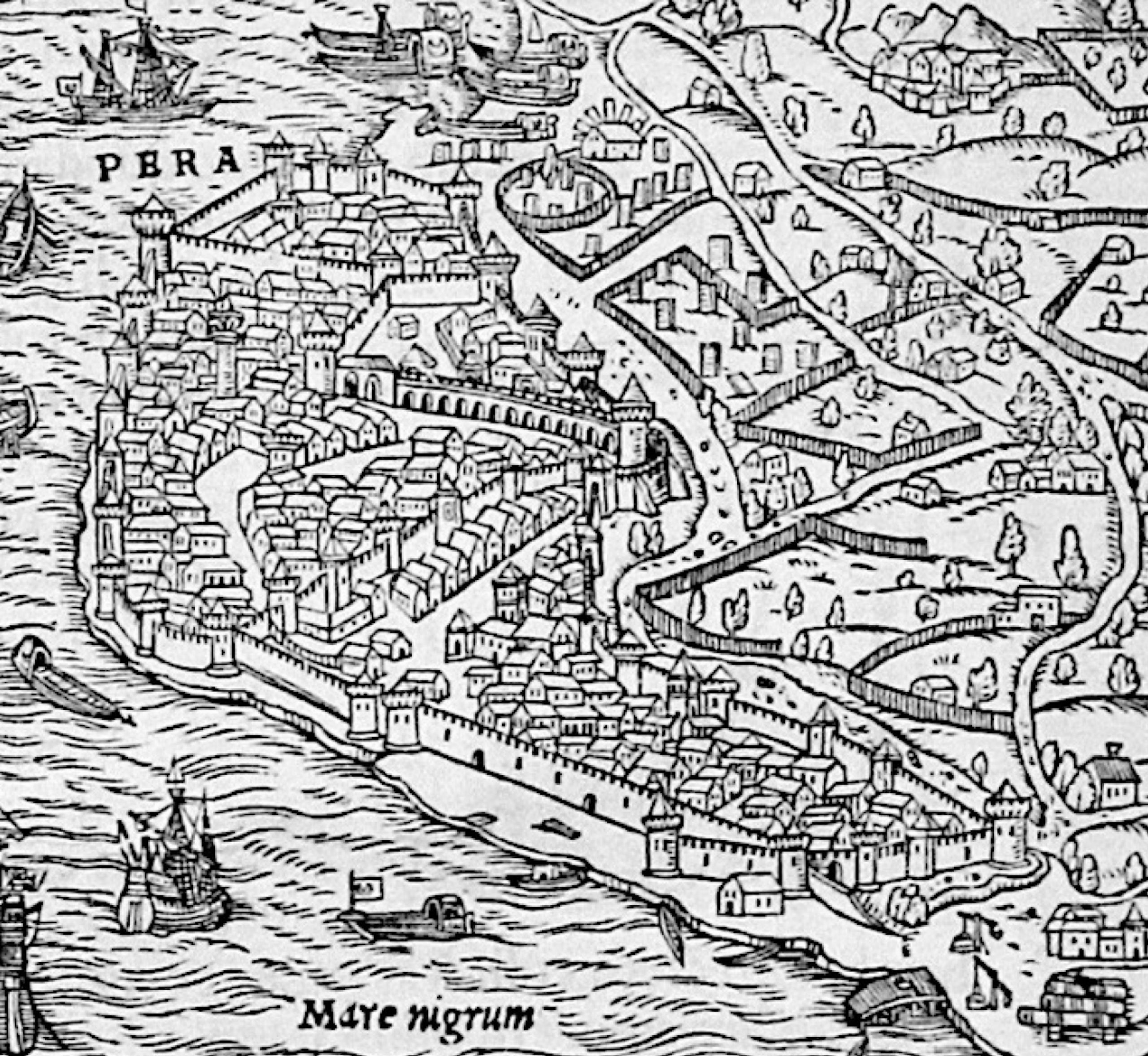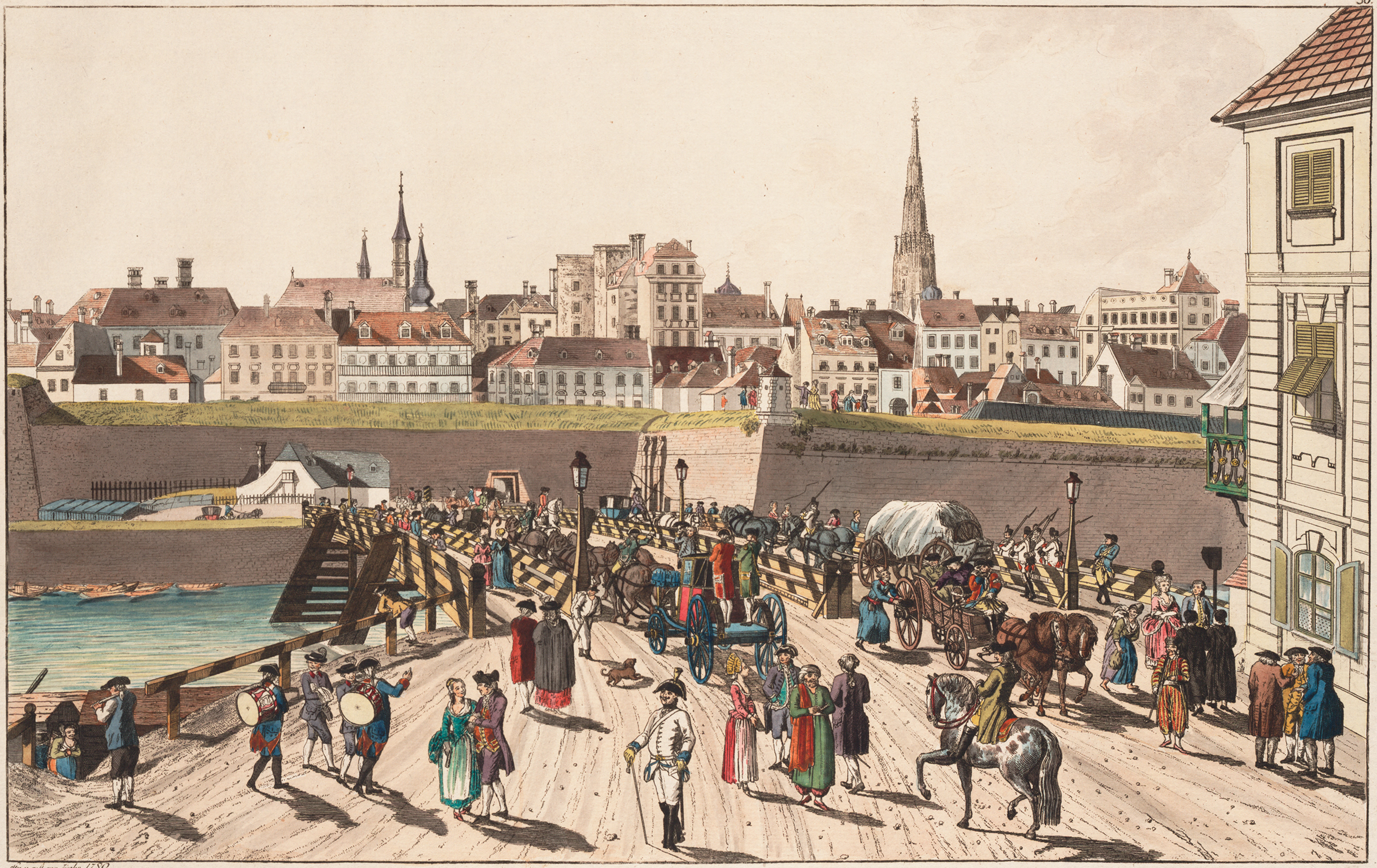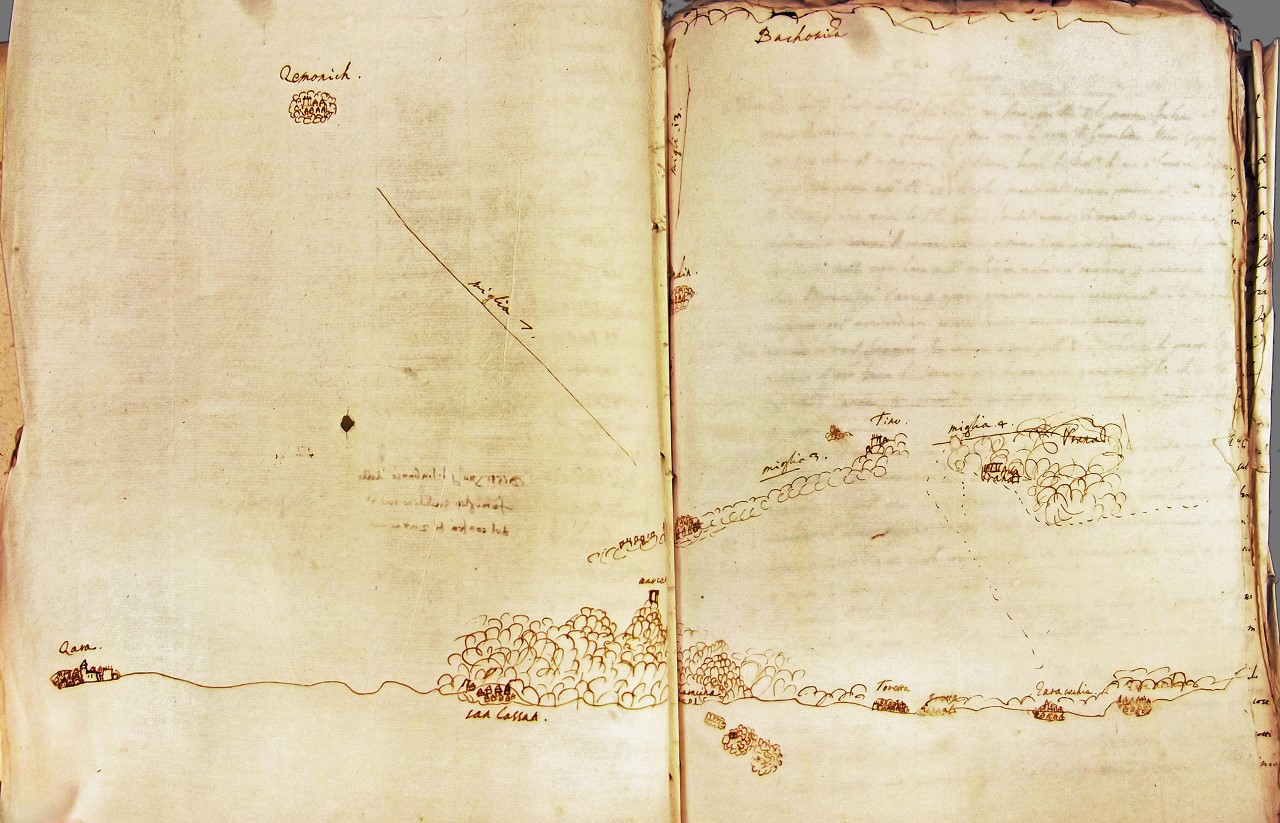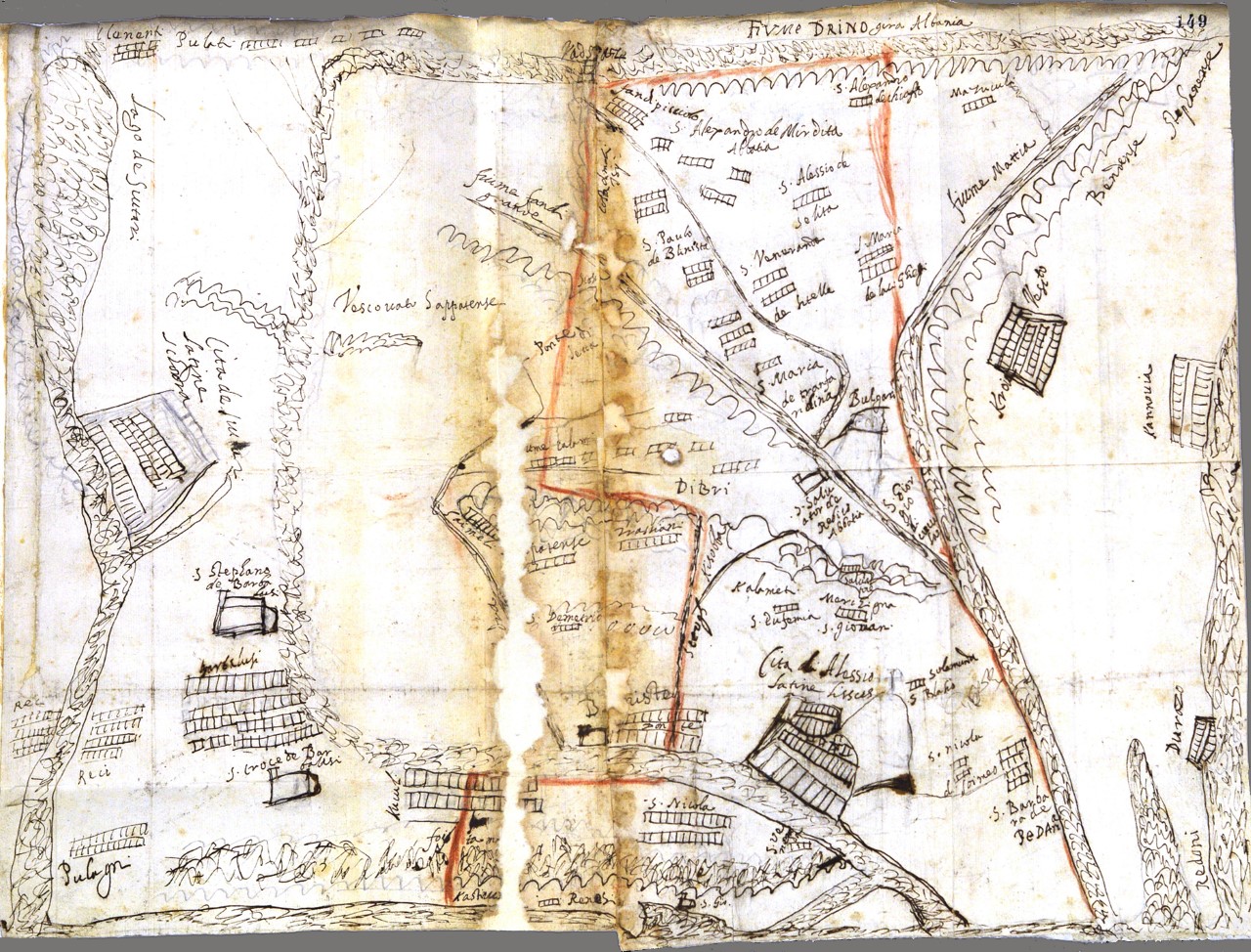In the first half of the seventeenth century, Albania was already an Ottoman outpost. Indeed, it is very well known that the early modern Balkan peninsula, if we exclude the Dalmatian area, belonged to the sultans: Albania, in particular, despite the opposition organised by Skanderbeg, had been subjugated by the so-called ‘Turks’ in the last decades of the fifteenth century. Scutari (present-day Shkodër, in Albania) and Durazzo (present-day Durrës, Albania), formerly belonging to Venice, now lay under the flag of the Sublime Porte. As it is commonly recognised, the Ottoman Empire was a multi-ethnic and multi-confessional entity, and Albania was no exception. The pre-Ottoman religious landscape was characterised by the substantial presence of Catholic groups in the northern part of the region, while in the south the orthodoxies represented the overriding majority among the Christian communities. In fact, the Ottoman conquest did not result in mass conversions throughout the Balkan area: a significant number of conversions only occurred in a few, specific regions of the Balkans, as was the case with Bosnia and Albania. As early as the seventeenth century, [...]


